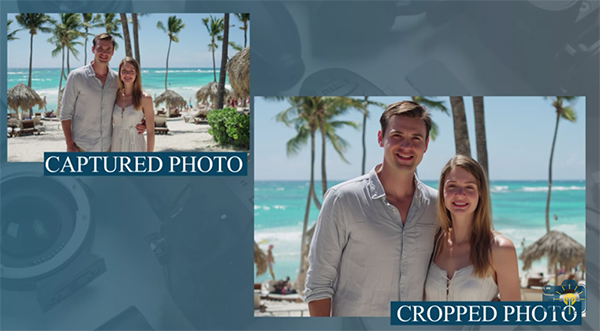A Critical Difference Between Optical & Digital Zoom (VIDEO)
Many of today’s modern cameras enable you to determine the maximum reach of their lenses, whether you’re shooting with a smartphone, pocketable compact, or mirrorless model. And understanding what the two options mean, and how they work, will have a significant impact on the ultimate image quality you receive.
The following two-minute tutorial from Souvenir Photography Advisors explains the critical difference between two key settings— Optical Zoom vs. Digital Zoom—and why many of us consider the latter option a choice of last resort.
Our unnamed Orlando-based instructor specializes in travel photography and straightforward camera techniques for capturing compelling images of outdoor events. Today you’ll learn that your images may have suffered irreparably because you unwittingly enabled the Digital Zoom feature.

The disparity is explained like this: “An optical Zoom is the real deal and uses the lens to get closer to the subject and provide maximum detail even when zoomed in. A Digital zoom, on the other hand, just crops in on that photo and image quality suffers as a result, i.e. softer, noisier, and uglier.”
Our instructor provides clear examples of these image-killing problems, followed by a quick-and-definitive solution. “If your camera or phone offers Optical Zoom, use it and never go beyond this optical limit. Otherwise the camera switches to digital tricks as you zoom further and this is when quality drops fast.”
You may wonder about resorting to Digital Zoom when a subject is too far in the distance to capture a tight enough shot. But there’s actually a better approach that goes like this: Take your photo at full Optical Zoom, and then crop it later during the editing process.

The benefit of this superior method is that “you’ll retain full resolution and optimum control of composition.” In short, this technique provides you with a second chance to reframe the moment, time to think about it, and create the best possible shot.”
The Souvenir Photography Advisors YouTube channel is a great place to turn for simple photography solutions that anyone can master in minutes.
And don’t miss our earlier tutorial from another accomplished shooter who demonstrates a great way to expand your repertoire and grab attention by mastering the simple the task of capturing multiple-exposure photographs in the camera.




